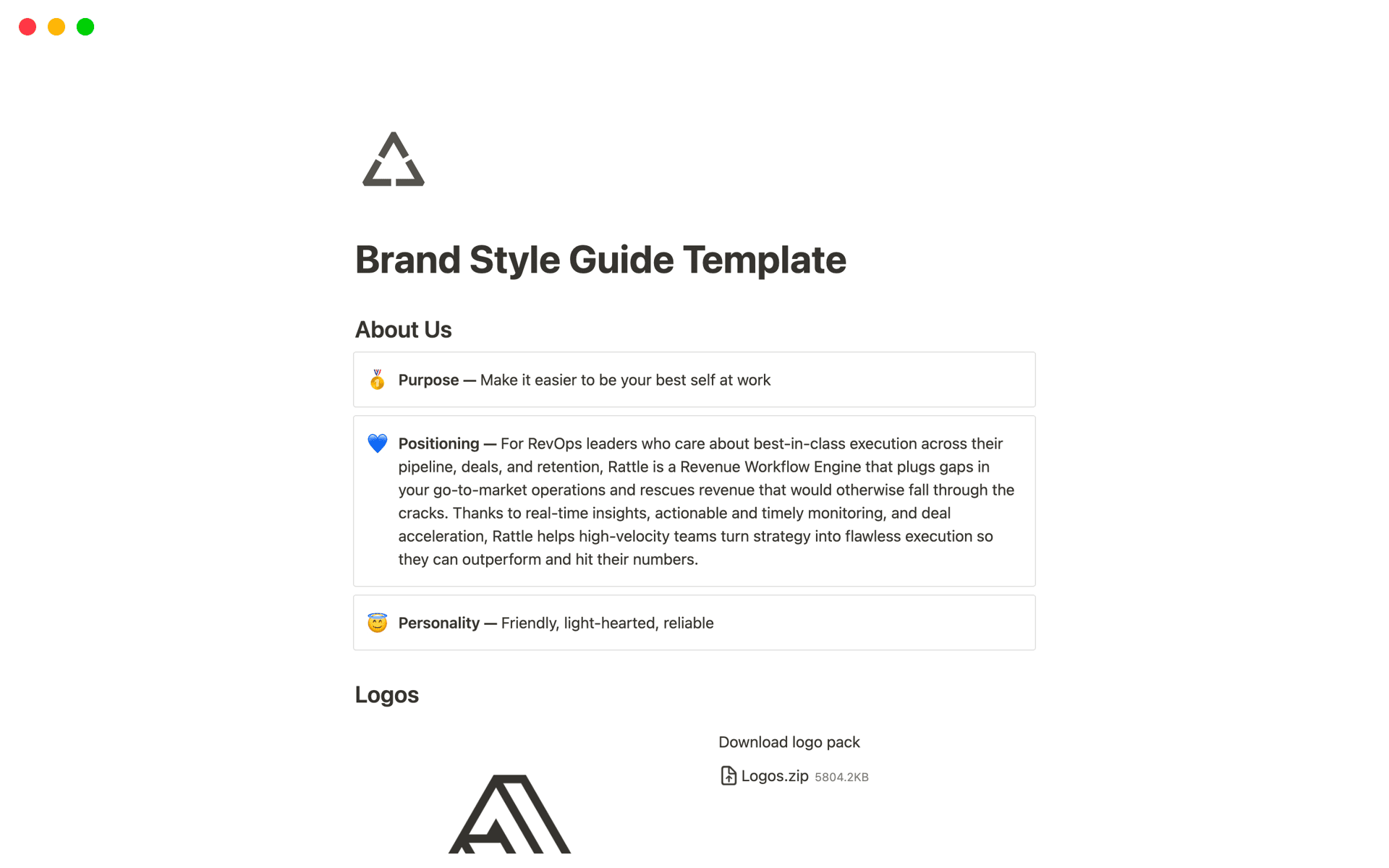Growth marketers recognize the significance of clear, consistent communication about their brand to media professionals, potential clients, and collaborators. A Media Kit serves as a structured presentation of a brand's essence, including its background, offerings, achievements, and media assets, which can significantly influence its perception in the marketplace. Utilizing a Media Kit template on platforms like Notion can streamline the creation process, ensuring all vital information is organized effectively and attractively, thus aiding in building a persuasive brand story.
Before embarking on crafting your own Media Kit template, explore these examples focused on various aspects from brand style guides to comprehensive press packages, to simplify your endeavor.
What Should Media Kit Templates Include?
Choosing the right media kit template is crucial for effectively showcasing your brand to potential collaborators and sponsors. Here are key components to look for in a high-quality template:
Contact Information: Ensure the template has a dedicated section for your contact details. This makes it easy for interested parties to reach out to you directly.
About Section: A well-crafted 'About' section should provide a concise overview of your brand, its mission, and what sets it apart from others.
Statistics and Reach: Look for templates that include areas to highlight your audience demographics, reach, and engagement metrics. This data is vital for sponsors to gauge the potential impact of their investment.
Previous Collaborations: A section showcasing past successful partnerships can significantly boost your credibility and attract new sponsors.
Selecting a media kit template that aligns with your brand's identity and effectively communicates your value is essential for fostering successful partnerships.
What Should Media Kit Templates Avoid?
Choosing the right media kit template is crucial for effectively representing your brand. However, some elements can detract from your message. Here are three key components to steer clear of:
Overly Complex Designs: Avoid templates that are too intricate or cluttered. These can overwhelm the reader and detract from the key information you want to highlight.
Generic Content: Templates that include too much generic content can make your media kit feel impersonal. Opt for a template that allows you to easily customize and inject your brand's unique voice and personality.
Irrelevant Sections: Ensure that every section of the template is relevant to your industry and purpose. Unnecessary sections can make your media kit appear unfocused and dilute your key messages.
Remember, the best template is one that complements your content, not complicates it. Choose a design that is clean, professional, and tailored to showcase your brand's strengths.











